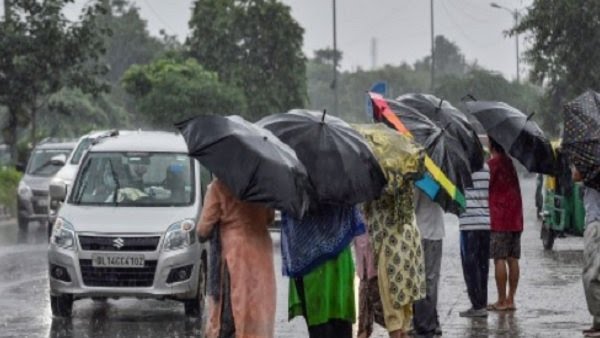Punjab News– As the southwest monsoon progresses through its June to September season, India has recorded overall normal rainfall with a 4% excess in precipitation from June 1 to August 21. The country received 650.8mm of rainfall during this period, slightly above the normal average of 627.4mm.
Regional Disparities in Rainfall
While the majority of states experienced normal or above-normal rainfall, five states, including Punjab, recorded deficient rainfall. Punjab saw the most significant shortfall, with a 33% deficiency, receiving only 317mm of rainfall against a normal of 325.6mm by August 21. Other states that faced deficient rainfall include the hilly regions of Himachal Pradesh, the Union Territory of Jammu & Kashmir, Bihar, and West Bengal.
Region-wise Rainfall Overview
Regionally, the disparity in rainfall distribution was notable. The east and northeast regions of India recorded a 12% deficit in rainfall. In contrast, the other regions fared better, with northwest India recording normal rainfall levels. Central India saw a 9% surplus, and the south peninsula experienced the highest excess, with 21% more rainfall than the seasonal average.
Impact and Outlook
The uneven distribution of rainfall across the country highlights the challenges posed by the monsoon, with some regions benefiting from abundant rains while others grapple with deficits. The deficient rainfall in states like Punjab, which is crucial for agriculture, raises concerns about the potential impact on crop yields and water availability.
As the southwest monsoon season continues, meteorologists and agricultural experts will be closely monitoring the rainfall patterns, especially in the deficient regions, to assess the long-term implications for the country’s agricultural output and water resources.
Keep watching our YouTube Channel ‘DNP INDIA’. Also, please subscribe and follow us on FACEBOOK, INSTAGRAM, and TWITTER
